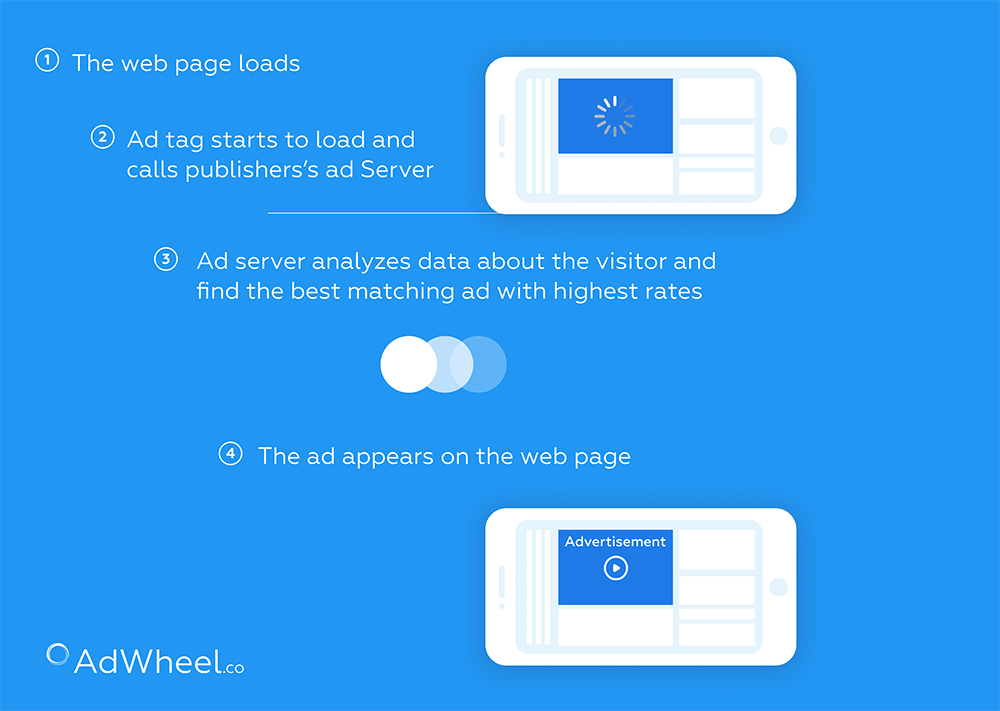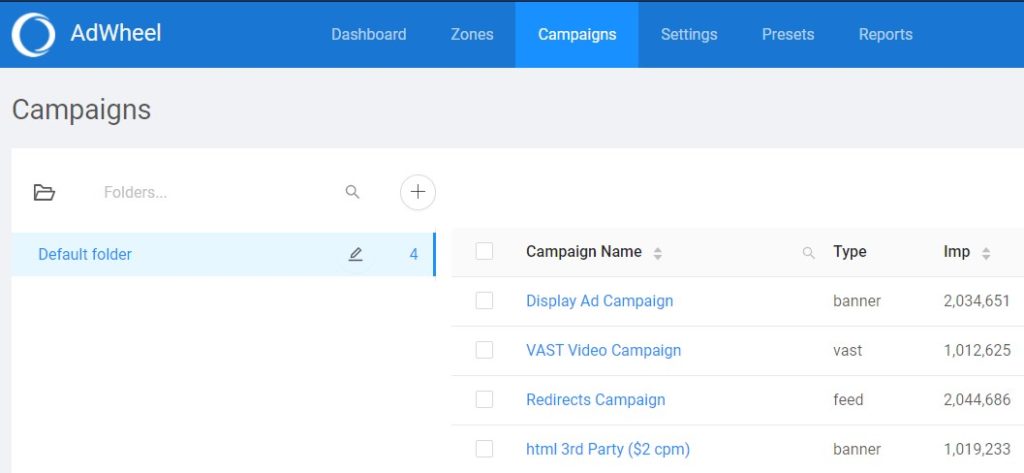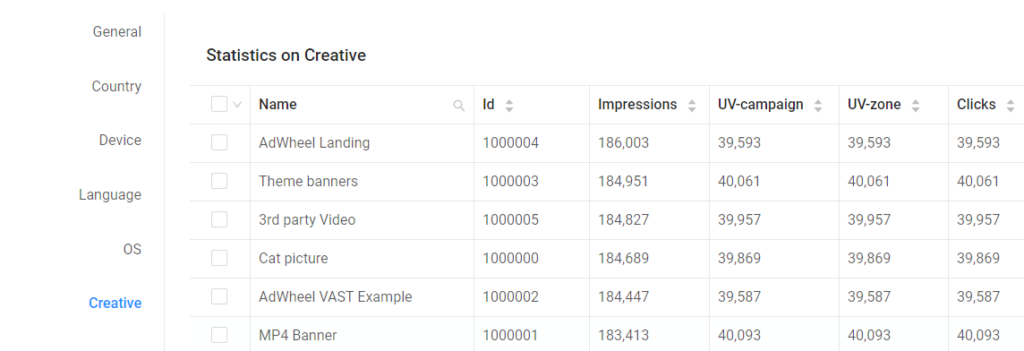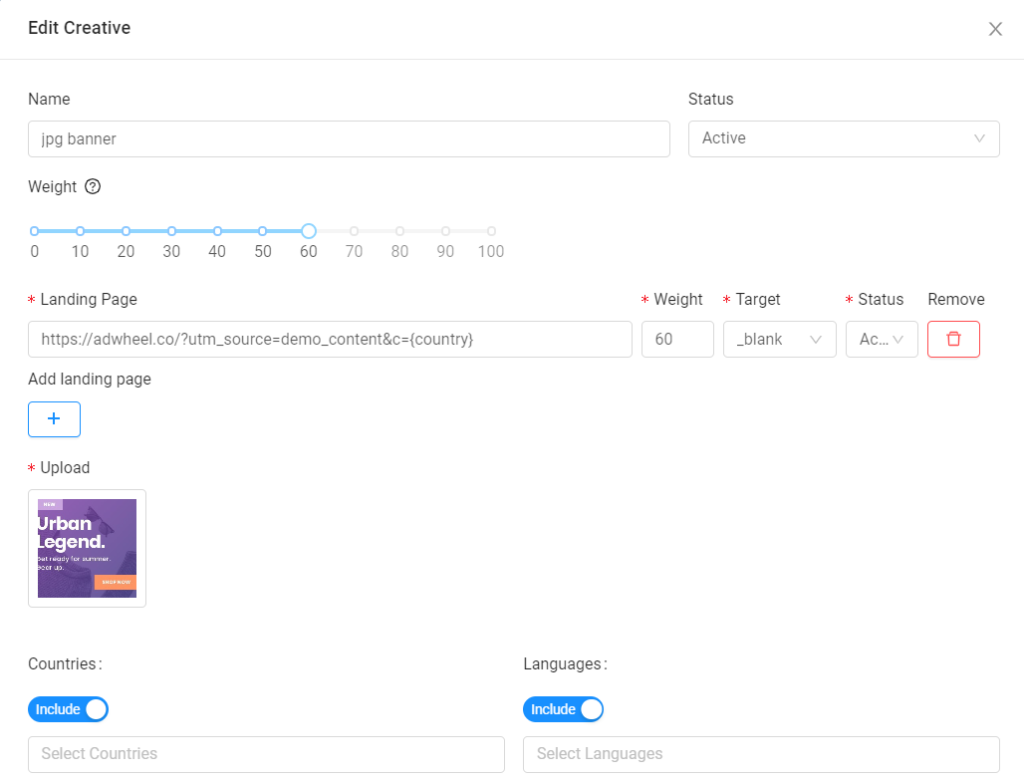Advertising is way more complicated and deep than you would think. 3rd- party ad servers are still the first choice for world’s leading brands because of their flexibility, customizable features, optimizations possibilities, and transparency. These are all things that Facebook and Google can’t provide.
Although ad servers have become a sophisticated platform, allowing experienced advertisers to expand their business beyond their imagination; there are still many questions on how 3rd-party ad serving works. These questions might include: why it is necessary to work with a white-label ad server tailored to their needs; how to choose the right one, and what elements do they usually contain.
To help you make the right choice, we’ve created this useful guide that will allow you to compare third-party to first-party ad servers, and help you answer all possible inquiries.
What is a 3rd-Party Ad Server?
A 3rd-party ad server, is a company that hosts data regarding ads and delivers ads directly to websites and mobile apps. They offer their expertise in managing, tracking, reporting your ad serving activity, and optimizing advertising campaigns.
As the names suggest, “3rd-party” means that the owner of this service, doesn’t have direct access to the ad serving process, and only provides creatives.
This is what we call an “Advertiser-side server”.
First-Party vs. Third-Party Ad Servers
1st party ad servers are known as the “publisher side ad server”. This means that they are mostly use by publishers or the supply side of advertising. These are the first links in the entire process of serving the ads.
Website and app owners manage their placements and generate ad tags. Later, they are sent to advertisers to match the specific placement with the particular ad creative. In other terms, advertisers will send the creatives to the publisher who will host and serve the ads into the publisher’s website.
First party servers are used for inventory management, tag generation, and placement creation.
On the other hand, 3rd-party servers are needed for ad targeting, campaign & creative management, optimization and result analysis.
Both types of ad servers are in constant interaction during the ad serving process.
How Does Third-Party Ad Serving Works?
When a user visits a website or app, the ad tag which was placed on the page sends an ad request to the publisher’s server. The 1st-party ad server retrieves and processes the data about the user and sends it forward to the 3rd-party ad server. Then, the 3rd-party ad server matches and selects the perfect creatives in accordance to the requirements, targeting options, and user profile. They send it back to the publisher’s ad server, and the ad is finally displayed to the user. This whole process takes only milliseconds, and it’s unnoticeable for the common user.
Here’s an illustrated example to help you understand the process in detail.

Nowadays, the gap between first- and third-party ad serving is almost non-existent, as advanced servers can provide both services. Technically, only one ad server is used to implement ad serving from both the publisher and advertiser’s sides. Network managers can have access to both dashboards using a single interface.
When working with white-label software, ad networks can provide their advertisers with personal accounts with limited permissions. In such case, advertisers will only see features related to demand and analytics that have to do with their campaigns. In other words, they’d only be using a 3rd- party server.
Components of 3rd-Party Ad Servers
We will use AdWheel ad server interface to illustrate the basic elements of a 3rd-party ad server for advertisers.
First, you can find the “Campaigns” tab of the main menu. This is where you can add multiple advertisers. In case you’re a brand, this tab will only contain one advertiser, you, and a number of your campaigns.

Here’s how the campaign level looks like. Most of the adjustments are made on this level.
On the level of campaign and banner we can find the settings for pricing, actions, capping, targeting, campaign priority, etc.
These settings are applied to all banners within the campaign.

Placements and creatives are linked to each other on the banner level.
Some of the other features that you can adjust on this level include banner -level targeting, pricing, limits, and rules. A banner type can be a simple image, HTML code, template, or even oRTB endpoint.
Analytics is considered an essential feature needed for ad networks and brands. Reports display vital metrics like CTR, revenue, number of impressions, conversions, etc. There’s also the possibility of obtaining an analytics breakdown for specific targeting parameters. These parameters include geolocation, device, browser, and some more.
Advanced analytics provide you with in-depth insights into your campaign performance on AdWheel 3rd party ad server. The reports reflect on the data retrieved from 1st- party ad server, and are extremely detailed.
All analytics is close to real time and updated every hour.

Benefits of a 3rd-Party Ad Server for Advertisers
There are far many more reasons to use a 3rd- party ad server. Let name a few of the most important ones.
1. All-in-one Ad Serving Platform
Advanced advertisers may want to control every possible aspect of their media buying activities. Our server offers a wide array of over 800 features that allow even the strictest clients to create running cross-platform, revolutionary ad campaigns that meet their every demand, while using a state-of-the-art platform.
2. Automatic Optimization
To make the most of each of your campaigns, we’ve created an ad server that provides you with automatic CTR, conversion, and eCPM optimization. This will allow you to simplify ad operations and save time as successful strategies may be reapplied to future campaigns that meet similar conditions.
Prioritizing campaigns and organizing banners according to your needs is possible by setting rules, priorities, and weights on each level.
3. Pre-Defined Templates and Non-Standard Formats
Our ad server is ready to support any of your creative needs. For advertisers, we offer a customizable rich media and video templates that will allow you to embed your media elements into the existing code.
In case you want to design everything on your own, our platform supports any non-standard format you can think of.
4. Transparent Data Collection and Detailed Analytics
Generate reports based on the information gather directly from your publishers. A 3rd- party ad server will allow you to run deduplicated custom reports, use smart filters to see the performance of various traffic sources, and optimize your campaigns by making an informed decision. All of this will help you to easily test different creatives, set the correct frequency cap, and copy targeting combos that led to a conversion.
As you can see, there are many more features than just managing ad campaigns & banners. Our Ad server can help you understand a campaign’s results objectively, by helping you eliminate ad discrepancy.
Benefits of a 3rd-Party Ad Server for Ad Networks
1. Platform Ownership
White-labeling means that you buy the technology and then use it as you wish. By becoming the owner of the platform, you are granted unlimited opportunities to personalize all the functionality of your business processes.
2. In-Depth Customization
Ad networks can also access a wide array of customization settings that will provide them with the tools to expand their services. This is possible by white labeling the ad server.
3. Roles & Permissions
Our server provides several roles and permissions that allow separate access for publishers and advertisers. They can each visualize the most relevant metrics in accordance to their targets.
We hope that you find this information useful and that you can now comprehend all the benefits of using a 3rd- party ad server.
With AdWheel white label ad server you’ll experience the ability to create your own advertising platform with a personalized UI: branded emails, logos, custom code, etc. You’ll be able to manage all of your video, mobile, desktop & in-app ad campaigns.
Everything you need, you’ll be able to tailor to match your brand’s identity.
